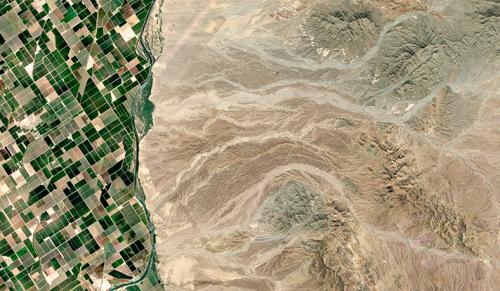
The rise of humans threw a wrench into the way other land species organized themselves, according to a new statistical analysis covering millions of years of ecosystem evolution.
For at least 300 million years, the rules governing how species grouped themselves in their habitats remained fairly constant, the study found. Species of plants and animals tended to gather together in clumps. Then humans came along.
“Just 6,000 years ago, right when humans were growing to dominance, everything flip flopped and species became more separated from each other,” said Yale graduate student and former Smithsonian Institution predoctoral fellow Matthew Davis, coauthor of a study published the week of Dec. 16 in the journal Nature. “Today, it’s almost like species are stuck on their own little islands, never mixing with other species in the same habitat. It is actually really weird compared to much of the history of life on Earth, and we humans are probably the cause of that difference.”
The research is the first compilation of datasets from across geological time up to the present. It represents four years of intensive research and decades of fieldwork by the National Museum of Natural History’s Evolution of Terrestrial Ecosystems (ETE) program.
The lead author of the study was ETE researcher Kate Lyons.